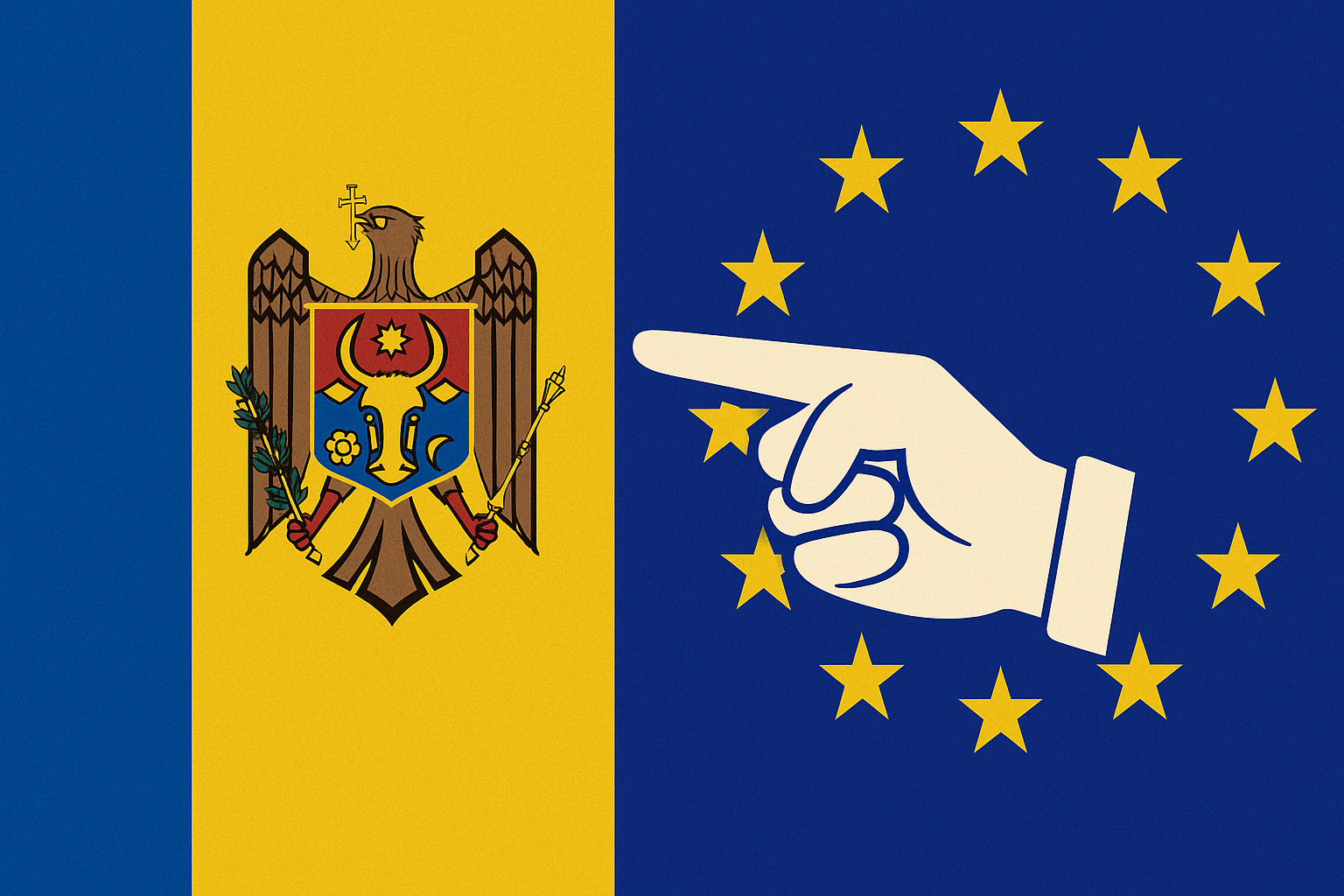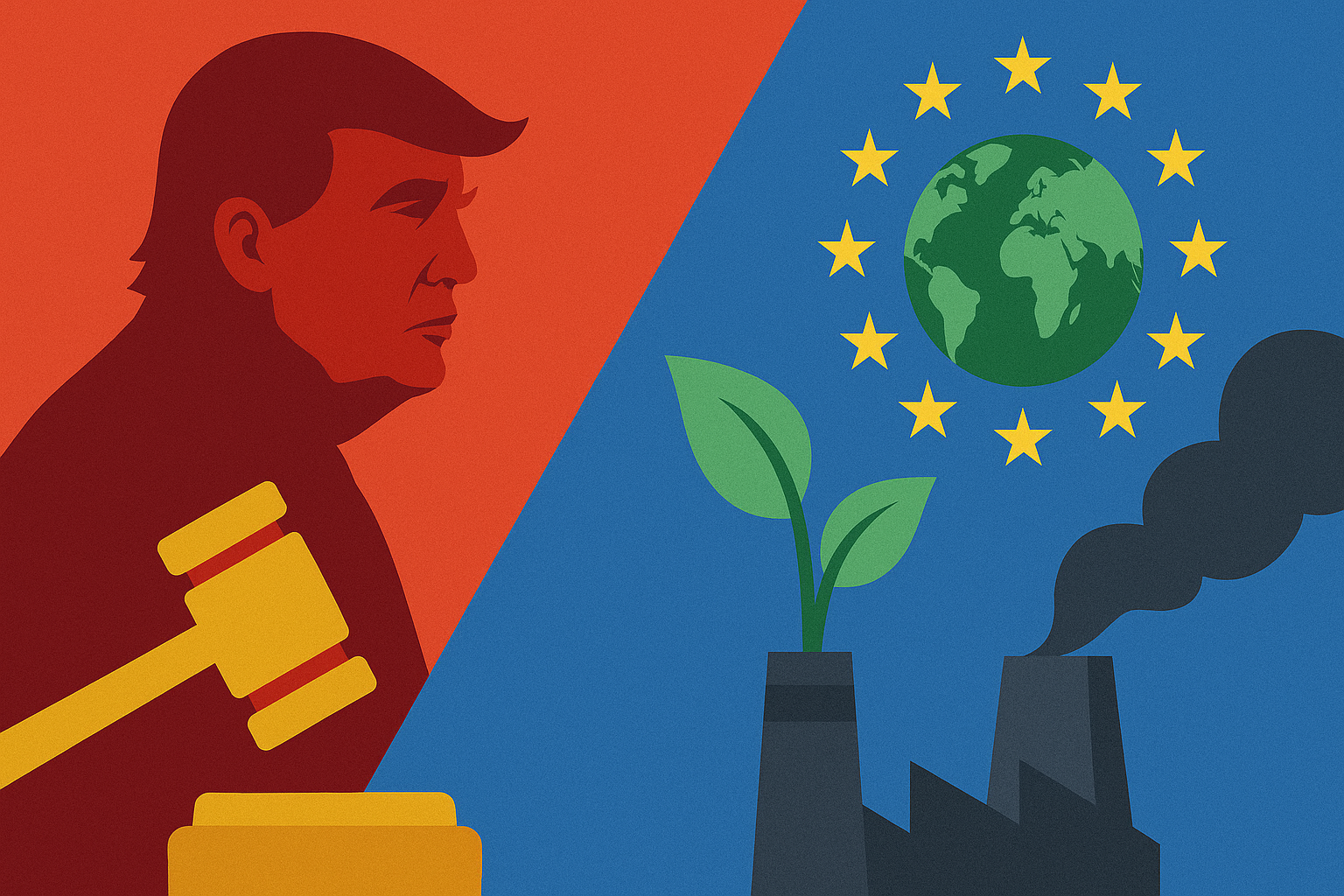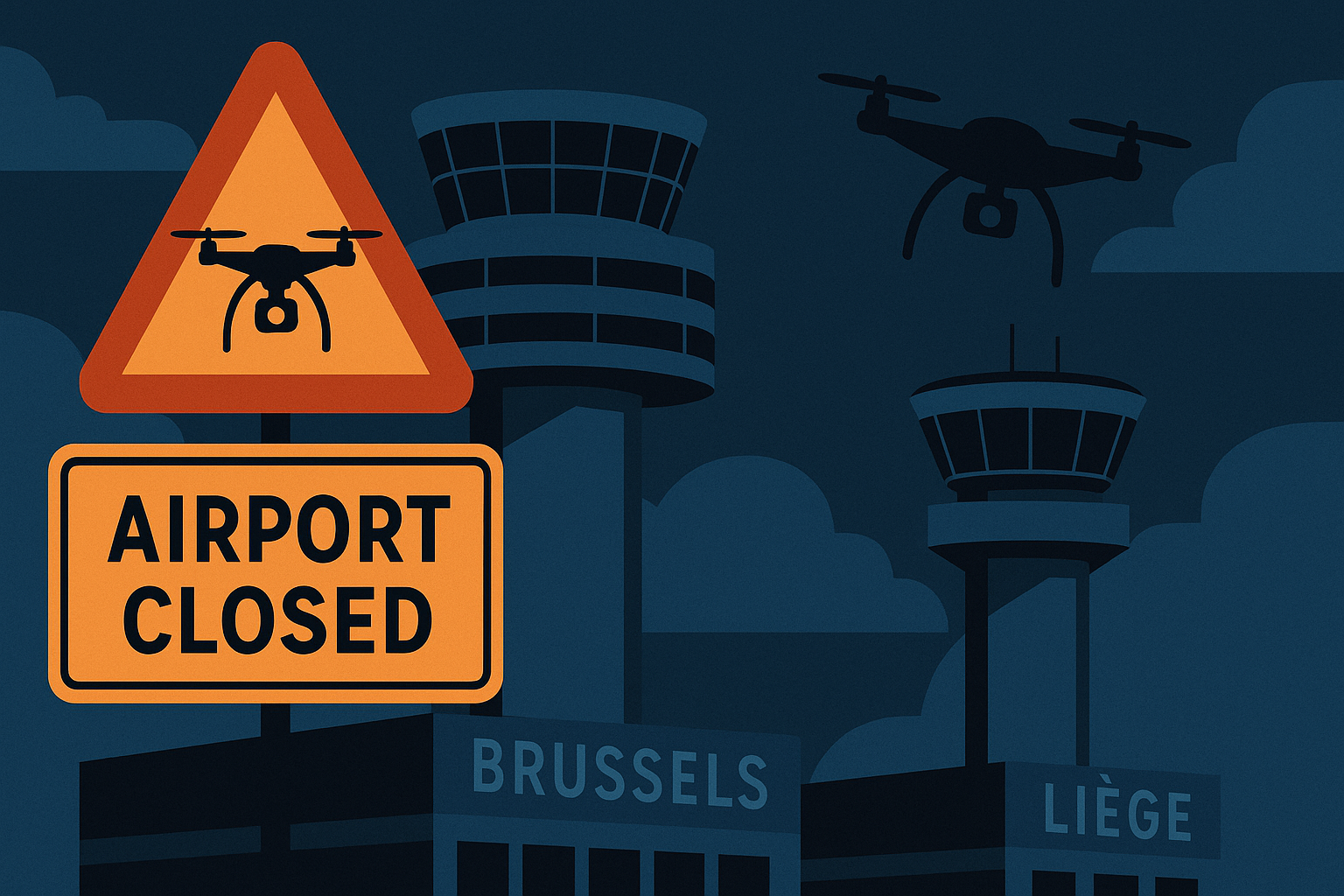After 18 hours of intense overnight talks, EU member states have agreed on a weakened climate deal that softens the bloc’s landmark 2040 emissions target, allowing the use of international carbon credits and delaying the rollout of new carbon pricing systems.
The compromise, struck early Wednesday, commits the EU to cutting greenhouse gas emissions by 90% by 2040 compared to 1990 levels — a goal once heralded as proof of Europe’s climate leadership ahead of the UN COP30 summit in Brazil next week. However, last-minute interventions from Italy, Romania, and several eastern European countries secured major concessions that dilute the ambition of the original plan.
Key Concessions and Loopholes
Under the new deal, EU governments can now meet up to 5% of their emissions reduction target by purchasing international carbon credits, which represent one tonne of CO₂ removed from the atmosphere. In emergencies — such as major wildfires — countries will be permitted to use an additional 5% of credits.
The agreement also allows for the 2040 target to be reviewed every two years if the measures are deemed to cause significant economic strain, and delays the start of the EU’s new emissions trading system (ETS) for homes and road transport — a move demanded by governments wary of a public backlash over rising energy costs.
Critics say these changes undermine the credibility of Europe’s climate goals. The EU’s Scientific Advisory Board had previously recommended a minimum 90% emissions cut without relying on international offsets, arguing that only direct reductions can deliver verifiable progress.
Political Divisions Across Europe
The final compromise reflects deep divisions among EU capitals over how far and fast to move on climate policy. Spain, the Netherlands, and Sweden pushed to preserve a more ambitious framework but ultimately accepted the weaker text to avoid a total collapse of negotiations.
“It was take it or leave it,” said one European official involved in the talks.
Spain’s Environment Minister Sara Aagesen warned that Europe must continue to “show the world we are leaders in climate change” and send clear signals to investors despite the complex geopolitical backdrop.
Italy played a prominent role in securing revisions to policies on vehicles and fuels, while Hungary and the Czech Republic voted against the deal outright. Germany, despite internal coalition disagreements, backed the agreement after allowing a larger use of carbon credits than initially planned.
The legislation now moves to the European Parliament for further negotiation before becoming law.
Concerns Over EU Credibility
Climate Commissioner Wopke Hoekstra defended the deal as “absolutely science-based” and “broadly supported,” arguing that “the planet doesn’t care where we reduce emissions.” But environmental campaigners and lawmakers warned the move risks damaging the EU’s reputation as a global climate leader.
“At stake is our diplomatic credibility when it comes to environment and climate policy,” said Lidia Pereira, a member of the EU’s delegation to COP30. “It is Europe’s responsibility to show that you can decarbonise and grow — but this is an effort that must be shared.”
Carbon Credits and Past Challenges
The inclusion of carbon offset mechanisms revives a contentious debate. The EU’s previous attempt to integrate such credits into its emissions trading framework collapsed in 2012 due to oversupply and poor regulation.
EU Chief COP Negotiator Jacob Werksman said it was crucial that the upcoming summit demonstrates that the Paris Agreement — which aims to limit global warming to within 2°C — is “working” through credible national commitments.
Hoekstra added that new safeguards would ensure only verified and high-quality credits could be used.
“For the credibility of the whole system, it must be verified, additional, and meet gold-standard criteria in terms of impact,” he said.
A Weaker but Symbolic Step Forward
Despite its diluted ambition, the 2040 plan remains one of the world’s most comprehensive climate frameworks, aiming to keep Europe broadly aligned with its long-term goal of achieving net-zero emissions by 2050.
However, the concessions underscore the growing political and economic headwinds facing Europe’s Green Deal, as governments grapple with voter discontent, rising energy prices, and competing priorities in defence and industrial policy.
For now, the EU will present its compromise as proof that Europe remains committed — even if less decisively — to leading the global fight against climate change.






